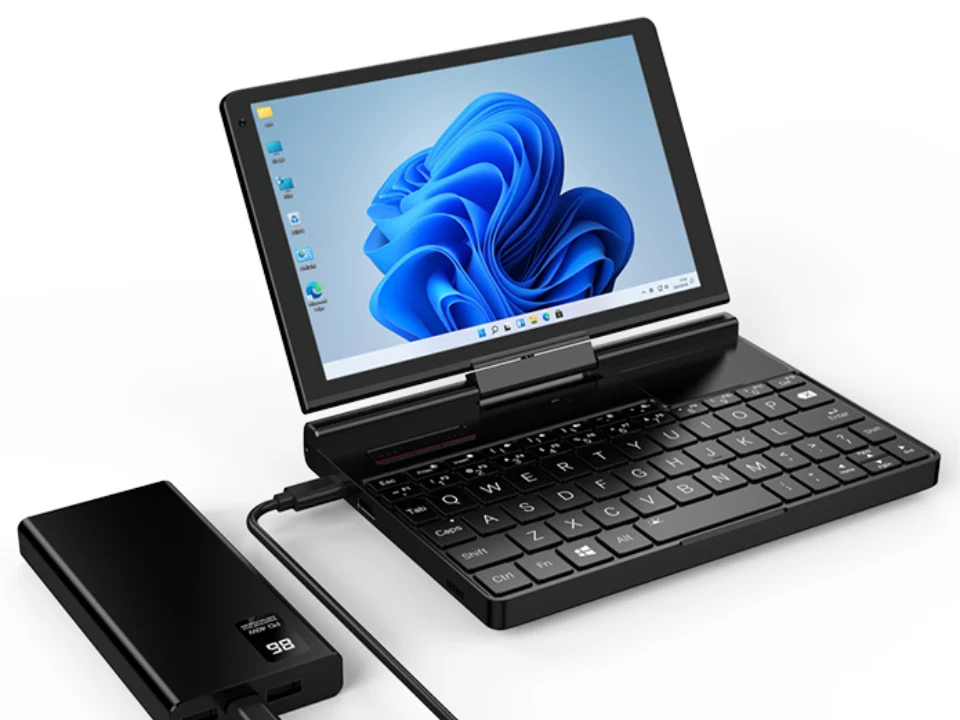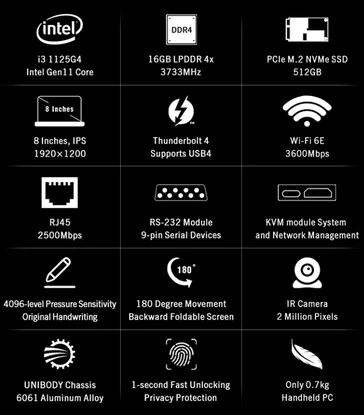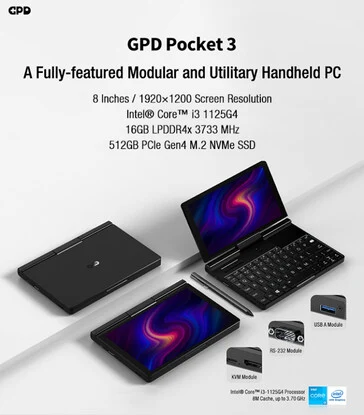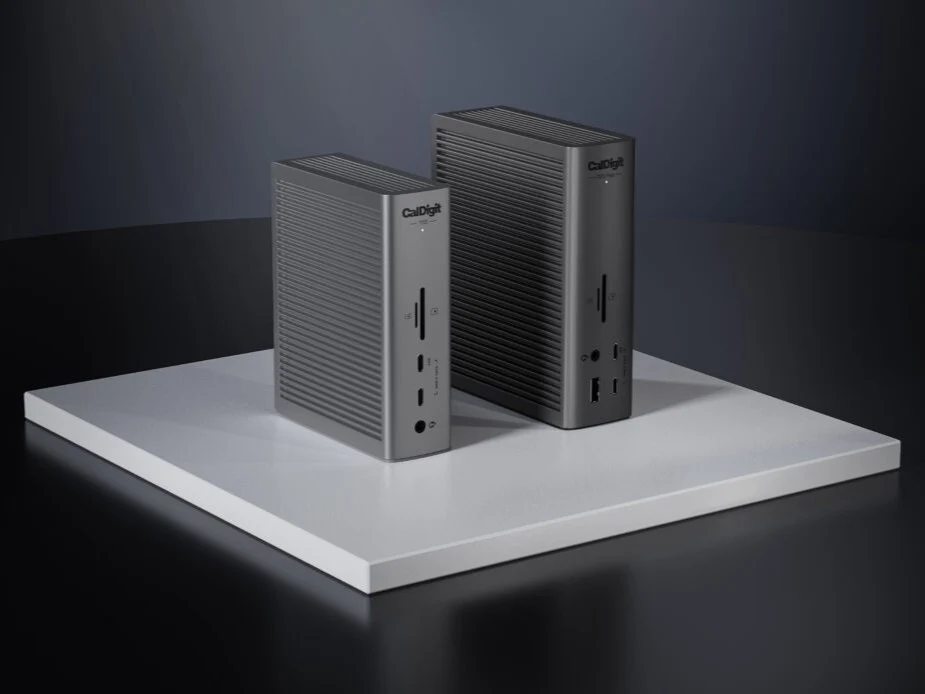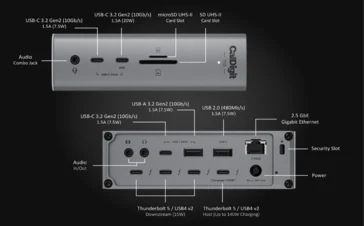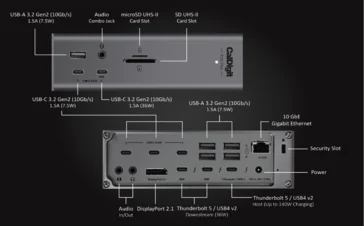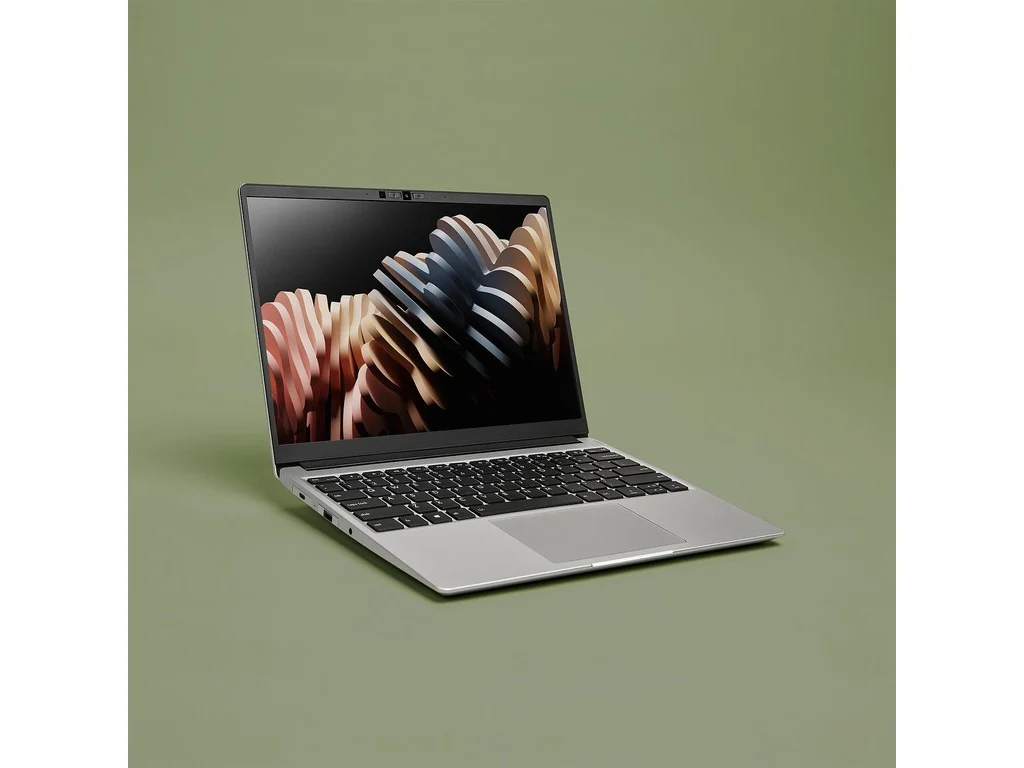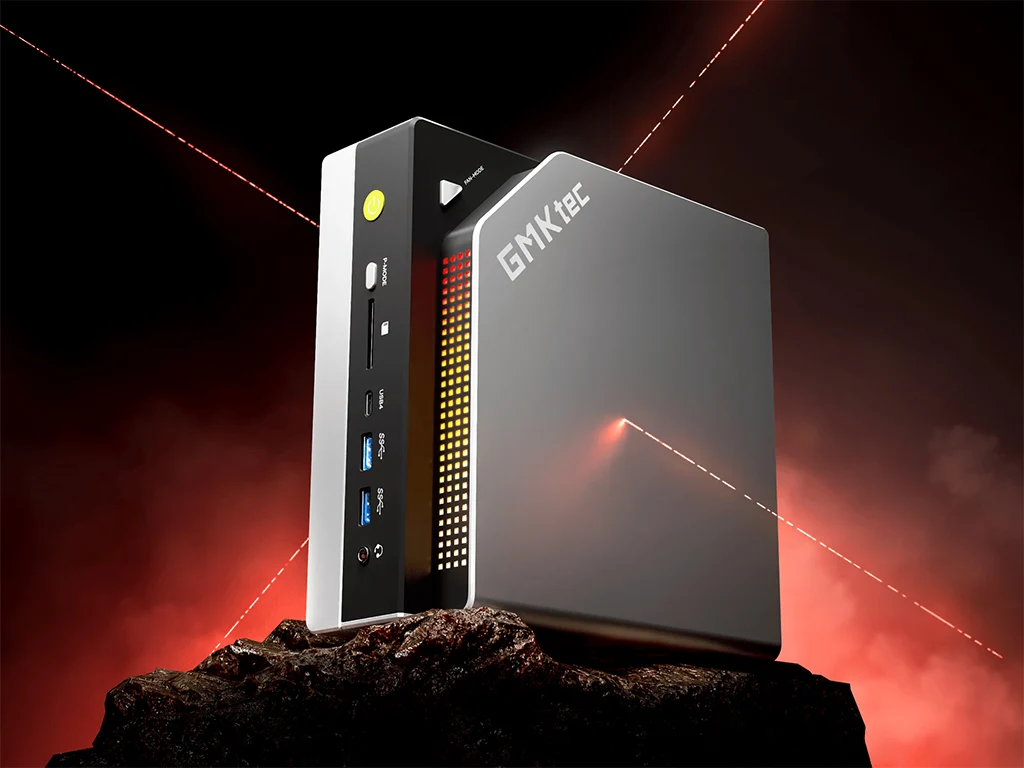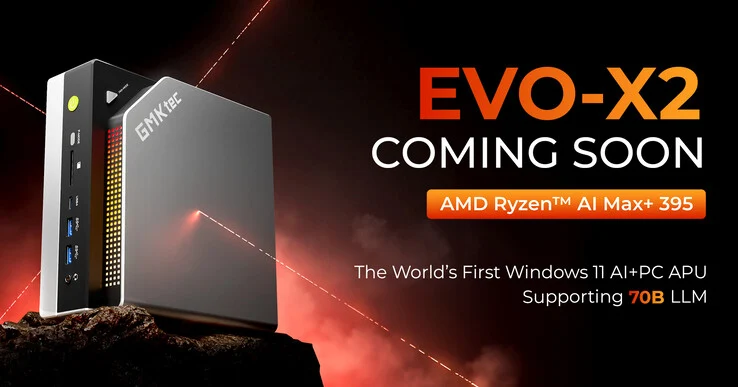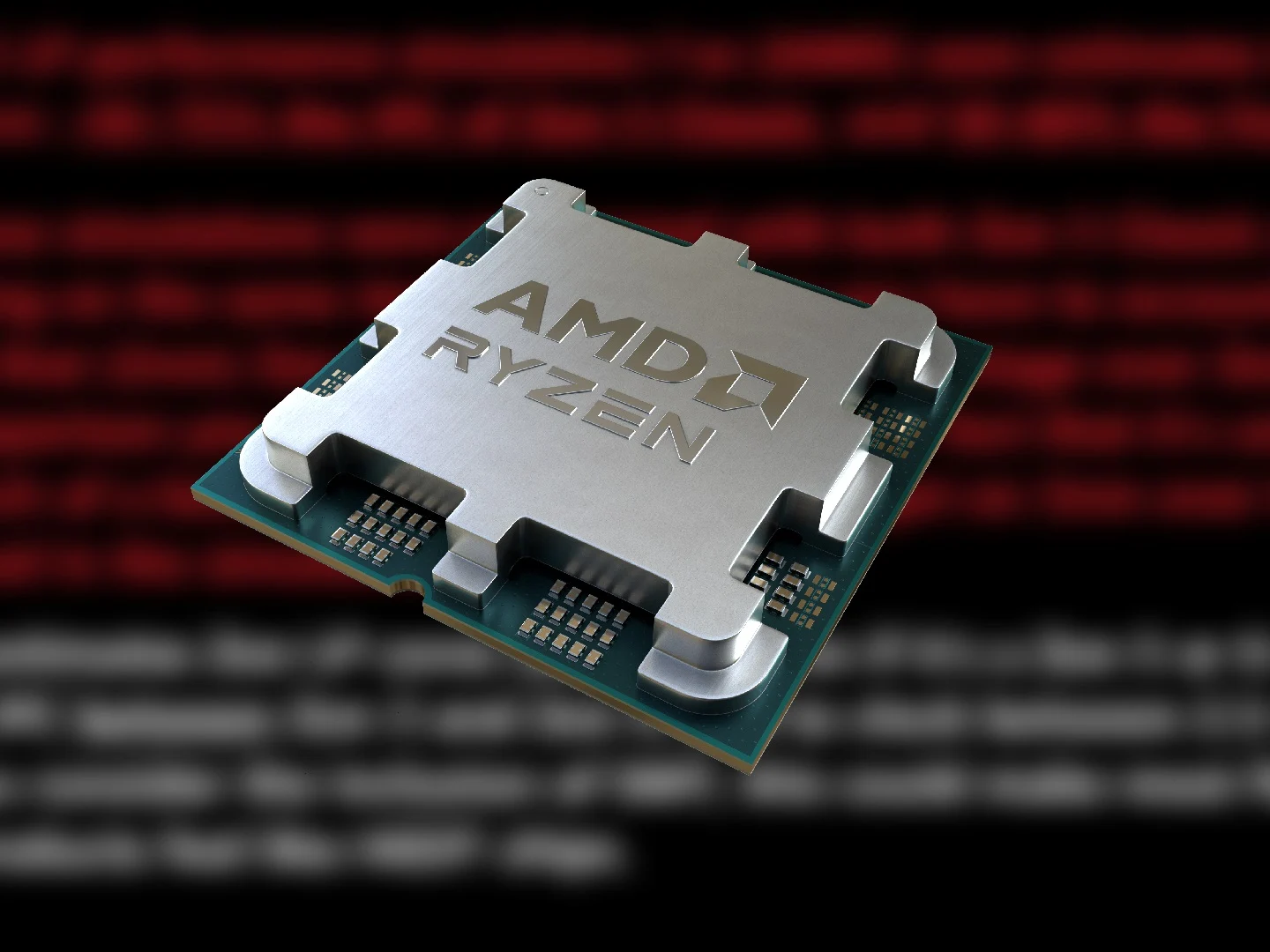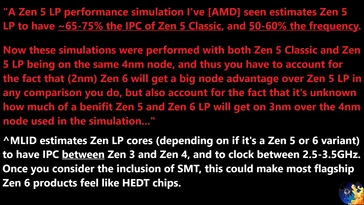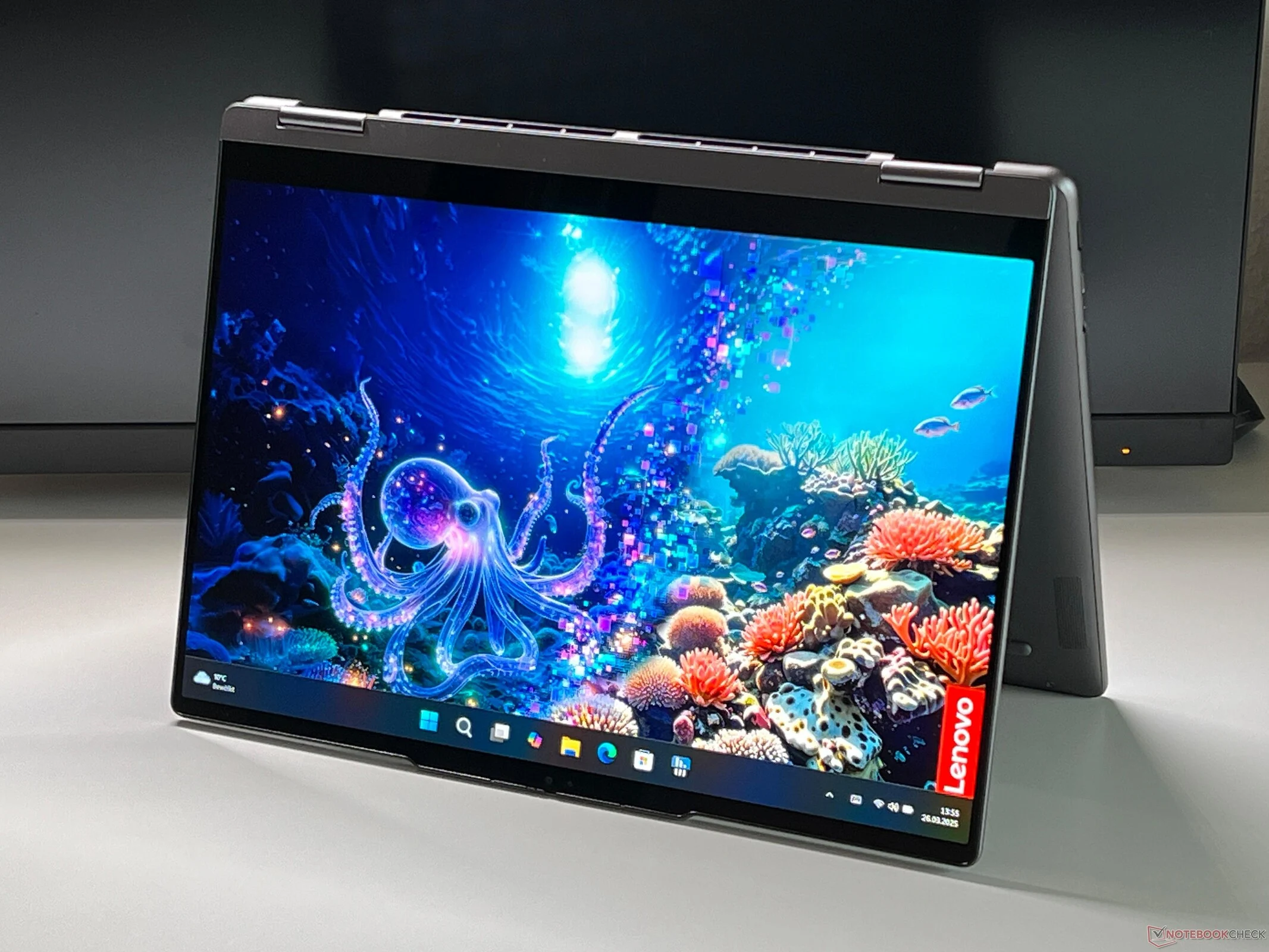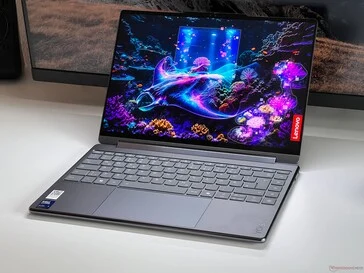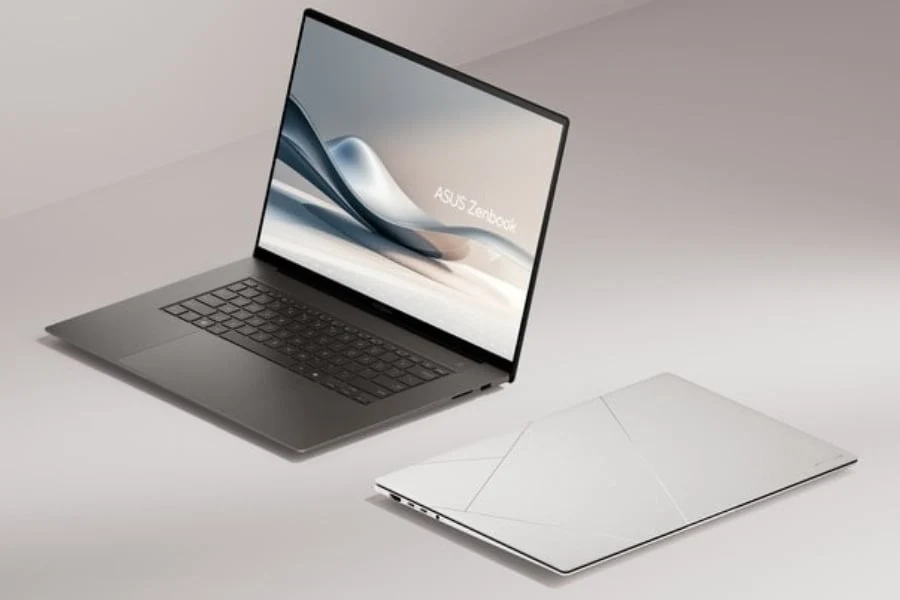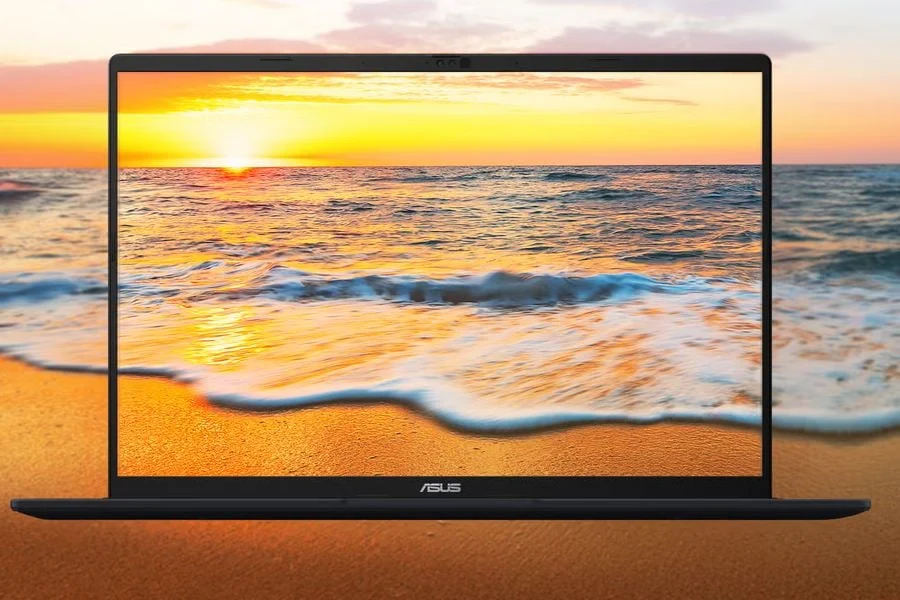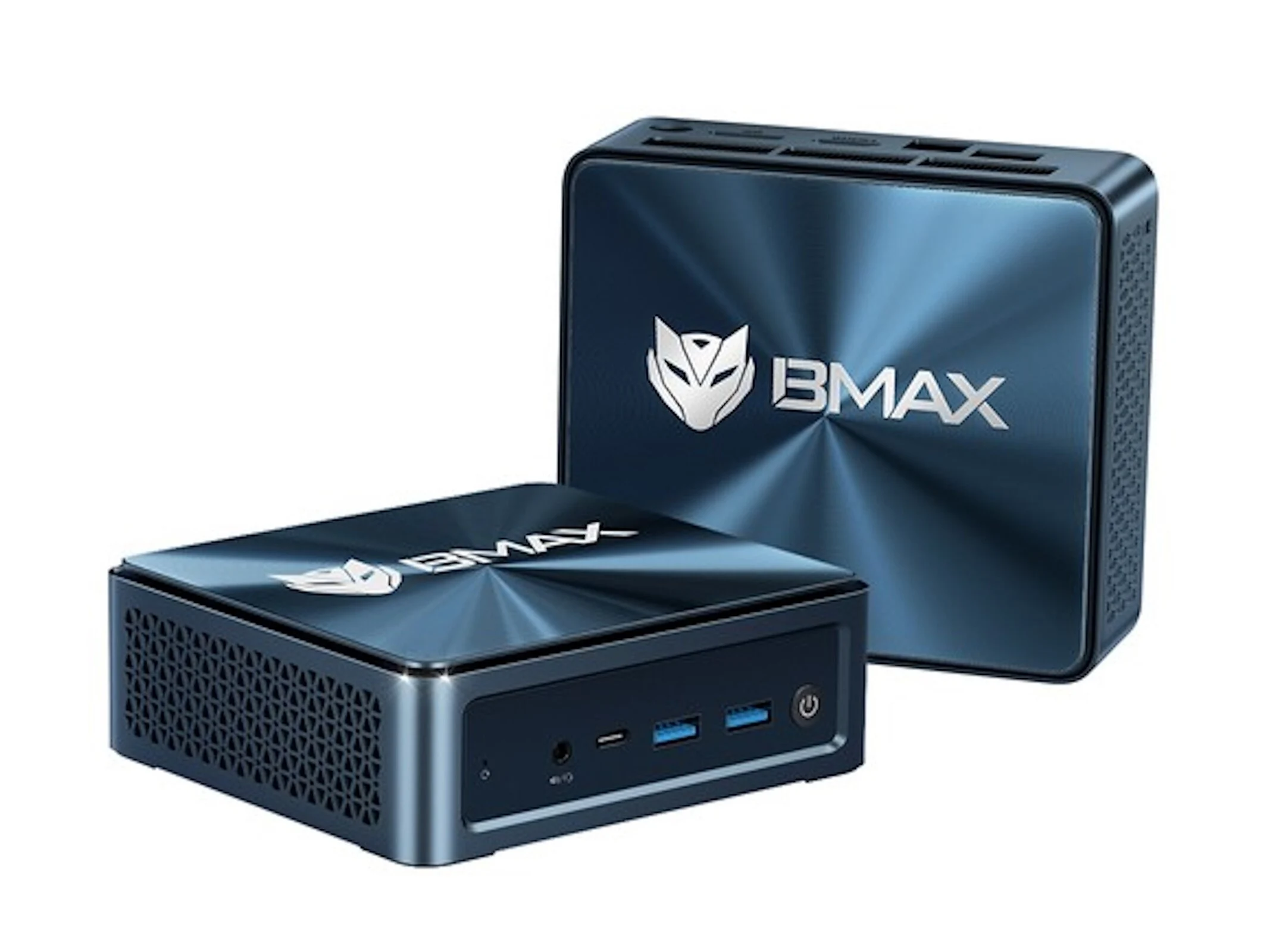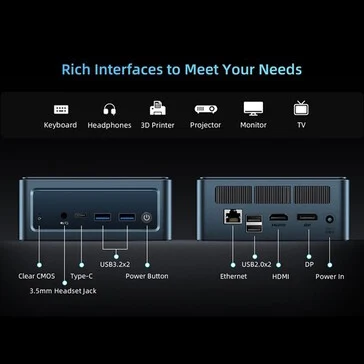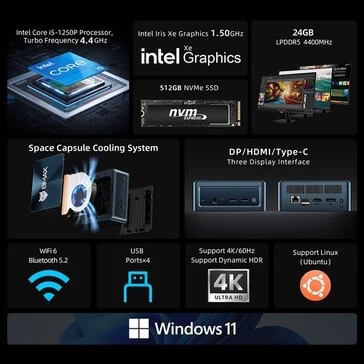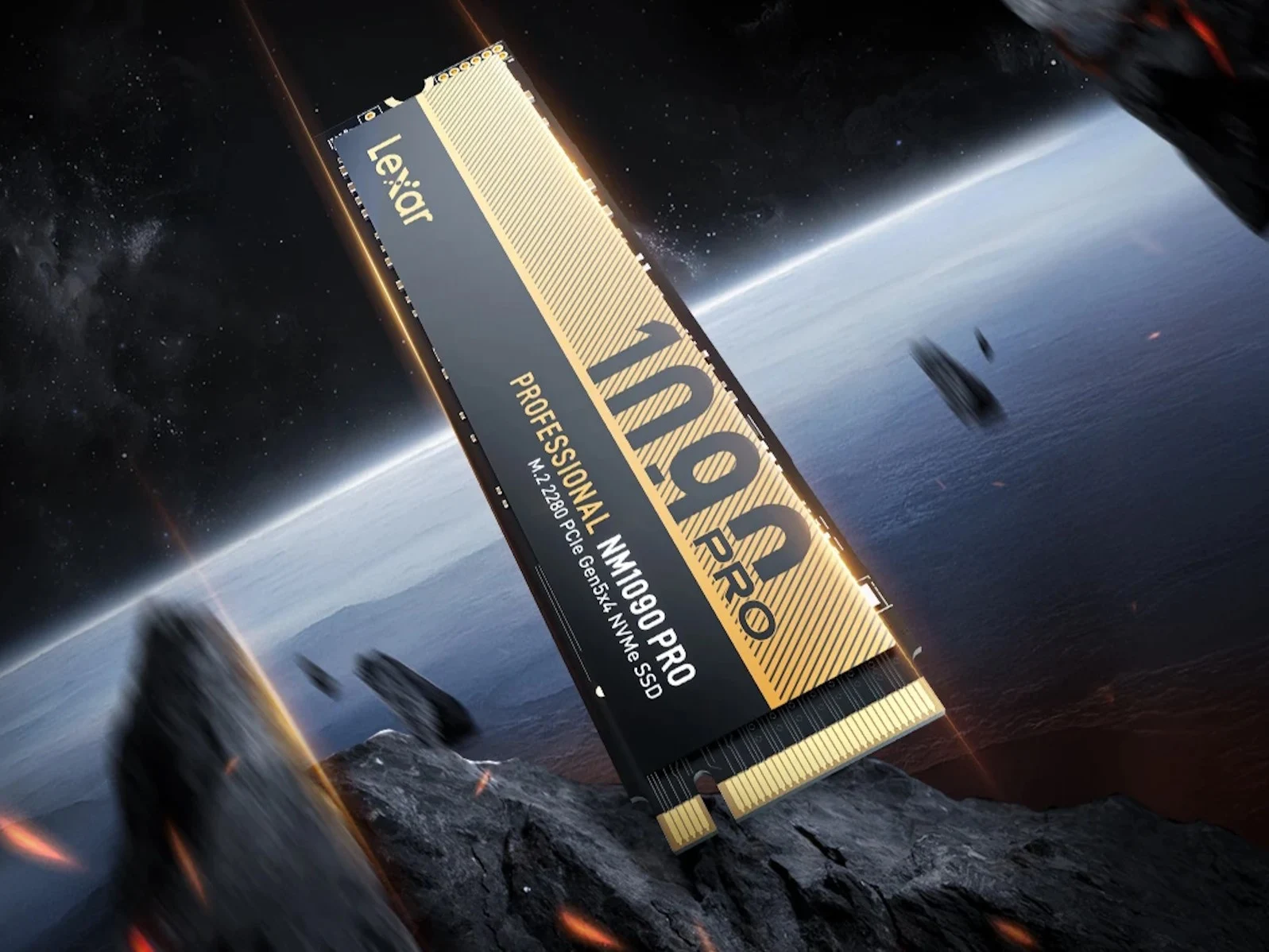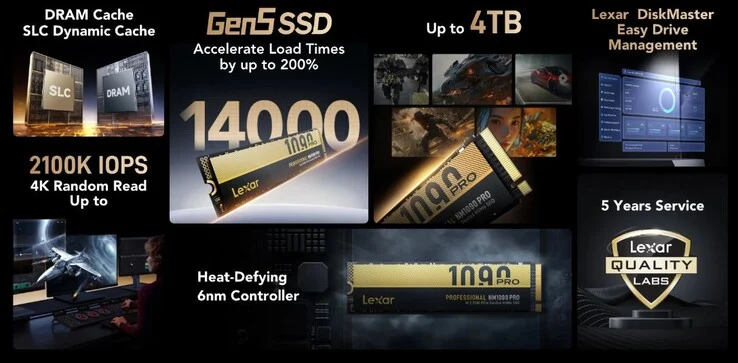Key Takeaways
1. Asus has launched two new AI-powered laptops in India: the Zenbook S16 and the Vivobook 16, both featuring AMD’s Ryzen AI 7 350 processor.
2. The Zenbook S16 offers a premium 16-inch 3K OLED touchscreen, a sleek design, and advanced features like Dolby Vision and AI acceleration capabilities.
3. The Vivobook 16 is a budget-friendly option with a 16-inch IPS display, maintaining essential features of the Ryzen AI 7 350 processor and Copilot+ support.
4. Both laptops include a variety of connectivity options, with the Zenbook S16 offering more advanced ports and a dedicated Copilot key for AI functions.
5. Pricing for the Zenbook S16 is ₹1,49,990, while the Vivobook 16 is available for ₹75,990, with availability through various online and offline retailers.
Asus has broadened its AI PC offerings in India by introducing two fresh laptops—the Zenbook S16 and the Vivobook 16. Both models are equipped with AMD’s latest Ryzen AI 7 350 processor, aiming to provide AI-enhanced productivity along with next-generation Copilot+ PC features. Let’s dive into the specifics.
Asus Zenbook S16
The Zenbook S16 (UM5606KA) stands as the higher-end model of the two. It comes with a 16-inch 3K OLED touchscreen that has a 16:10 aspect ratio, a refresh rate of 120Hz, a 100% DCI-P3 color gamut, and Dolby Vision support, delivering 500 nits of HDR brightness. Even with its sizeable display, the laptop keeps a sleek profile of just 1.1cm and weighs only 1.5kg, crafted from CNC-machined C-part and a Ceraluminum lid.
Internally, the laptop operates on the AMD Ryzen AI 7 350 processor that boasts 8 cores and 16 threads, along with a 50 TOPS-capable XDNA 2 NPU for tasks accelerated by AI. The Ryzen 7 350 integrates an AMD Radeon 860M iGPU, and memory options include 24GB of LPDDR5X RAM and a 1TB PCIe 4.0 SSD.
Connectivity and Features
The S16 provides a variety of connectivity options, including two USB4 Type-C ports, one HDMI 2.1 port, a USB 3.2 Type-A port, an SD card reader, and a 3.5mm audio jack. It is powered by a 78Wh battery that supports fast Type-C charging. Additional features comprise Dolby Atmos-enabled six-speaker audio, as well as IR facial recognition facilitated by Microsoft Pluton hardware security. As an AI-centric laptop, it also features a dedicated Copilot key located beneath a spacious ErgoSense touchpad.
Vivobook 16
On the other hand, the Vivobook 16 (M1607KA) presents a more budget-friendly option, yet it still contains the same Ryzen AI 7 350 processor and supports Copilot+ features. This model is paired with 16GB of DDR5 RAM and a 512GB PCIe 4.0 SSD.
The cost-effectiveness of this model is noticeable in its other specifications. It features a 16-inch IPS display with a resolution of 1920 x 1200, a 16:10 aspect ratio, and 300 nits of peak brightness, complete with an anti-glare coating. While it lacks the OLED flair of the Zenbook, it covers the essential needs adequately.
Design and Audio
The design emphasizes military-grade durability, and the weight is 1.88 kg with a thickness of 1.79 cm. An extra perk is the hinge that opens flat to 180 degrees, providing added flexibility for usage. Asus has also included ample ports: two USB 3.2 Gen 1 Type-A ports, two USB 3.2 Gen 1 Type-C ports (which support Power Delivery and display output), an HDMI 2.1 port, and a 3.5mm headphone jack.
For sound, it comes with a stereo speaker setup enhanced with Dirac sound and SonicMaster tuning. Powering all of this is a 42Wh battery that supports 65W fast charging.
Price and Availability
The ASUS Zenbook S16 is priced at ₹1,49,990 in India, whereas the Vivobook 16 is available for ₹75,990. Both laptops can be purchased through Asus Exclusive Stores, Amazon, Flipkart, and select offline retailers.


